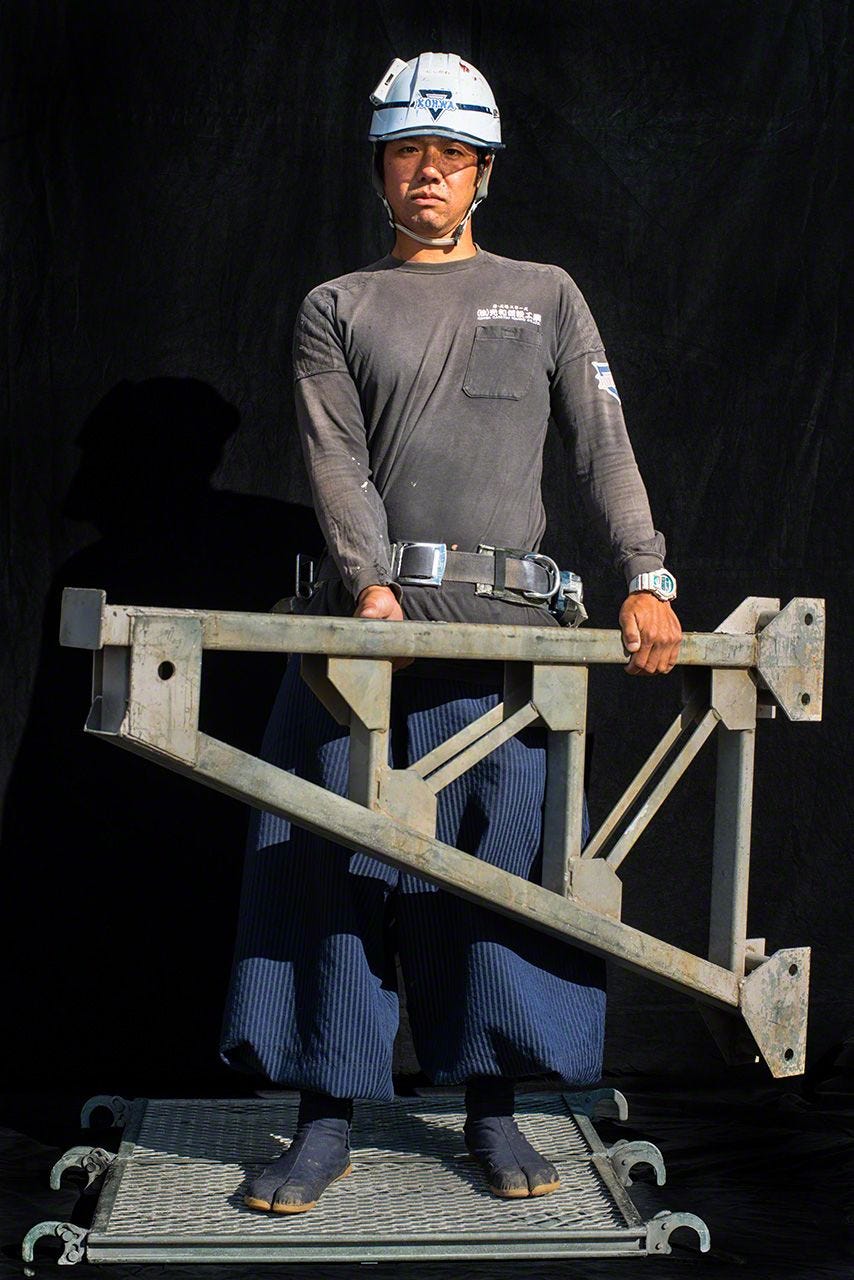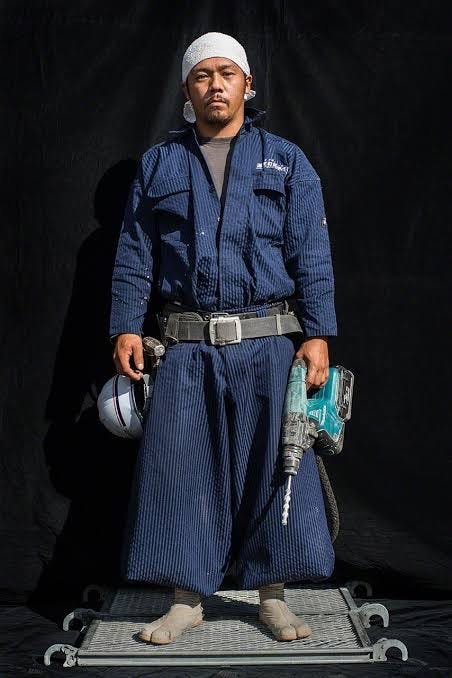
Whenever we travel to a new city, I cannot help but soak in the sights of everyday life. I imagine what it must be like for that kid walking to school early in the morning, the store owner sweeping outside his store before opening for business, or that grandmother tending to her flowers perched on the window sill of her home. I observe people going about their day, thinking how lucky they must be to live in this city that I only get to enjoy for a few days.
Some years ago, while sitting in the backseat of a taxi deftly navigating the streets of Osaka, I found myself looking out the window as per usual, pointing out interesting scenes to my kids, as my husband chatted with the taxi driver. The kids were tired and seemed bored, as children often are after a long day out at Universal Studios, far from the hotel and farther away from home, but I kept my eye out for something fun to distract them with. As the taxi was about to reach a stoplight, slowing down enough for me to observe a construction site buzzing with activity, I couldn’t help but notice how stylish the construction workers were - they all had on balloon pants, most were wearing long sleeved tops and they had on flat, rubber-soled tabi shoes on their feet.
The look was both chic and competent. I had never seen men doing hard, physical labor dressed this way. While most hardscrabble men in most places would go for tough denim or ripstop work pants, these Japanese workers hung onto scaffolding in airy trousers that suggested ease of movement. I don’t think I ever got to tell my kids about them. All I remember was that a made a mental note to learn about what they were wearing, and that I was inspired by their look.
A quick Google search led me to nippon.com, source of the photos I shared above, which also told me that the pants are called, nikkapokka, now often called nikka.
"The distinctive form of the baggy nikkapokka pants worn by Japanese construction workers catches the eye. Billowing outward below the knee, they taper sharply at the ankles. The pants are an adaptation of the knickerbockers worn by early Dutch settlers in New York, which later became fashionable as sportswear. This is where they take their name, although workers now often shorten it to nikka.
Loose trousers are comfortable for construction site work, which requires repeated standing and squatting. They are particularly important for high-rise tobi workers who are constantly climbing up and down scaffolding. But keeping them tight at the hems prevents them from catching on equipment or tools and causing an accident."On japan-zone.com a website selling Japanese workwear, the pants are called Tobi (after the tobi shokunin, construction workers who work on high places) and described as Chocho Long Hachibun Pants: "Chocho Long" refers to the "very, very long" inseam, while the "hachibun" refers to the 8/10 of the pants that are baggy.
I am no stranger to fractions, after years of buying 7/8 leggings from Outdoor Voices and Alo Yoga, I understood the importance of proportions. But what I did not realize was that my favorite pair of Pleats Please Issey Miyake thicker bounce harem bottoms are actually based off of the nikkapokka silhouette. My subconscious must have remembered how much I loved the outfit, and made the move before my conscious self caught on!
Now, my Pleats Please pants are cropped, so the trim portion is not meant to be tucked into calf-length jikatabis, the construction worker footwear of choice with a split sole. Which yes, look very much like Margiela’s Tabi shoes (which of course I had to have - in ballerina and thong slipper form).
Nippon.com explains the relation between the nikkapokka and jikatabi,
"Nikkapokka are often paired with jikatabi footwear, a sturdier variation on split-toe tabi socks. Rubber-soled jikatabi allow for greater grip and awareness of what is underfoot. This is why they remain popular with workers operating on scaffolding and other high places, even while steel-toed safety boots have become standard at many large construction firms."
To be strict about the term “tabi”, this refers to traditional Japanese socks and not footwear, worn in the 5th century and known then as Shitouzu. Meanwhile, the history of the modern jikatabi go back to the Edo period. Komari.jp expounds on the history and describes in detail how the design evolved as new materials became available. Bottomline, they actually began as leather shoes and just gradually adapted to modern times and needs.
“Jika-Tabi are said to have been created in Japan during the Edo period. Along with the development of Japanese culture, as jobs that required detailed work increased, the predecessor to Jika-Tabi, the Kawa-Tabi (Tabi made of leather), emerged. The Kawa-Tabi where loved by craftsmen as they grabbed onto the ground as you walked, making it possible for these workers to do more detailed work. They allowed for the same agility as when you were barefoot, while also providing protection for your feet. This was an invention made possible by Japan’s craftsmen centered society.”
As you can deduce by now, Margiela’s line of Tabi shoes were also inspired by Tabi socks, brought to life by an Italian shoemaker, referred to as Mr. Zagato in various articles. No wonder the shoe is iconic in its various iterations. Put together Japanese inspiration, Belgian design and Italian craftsmanship and you’ve got a winner. I’ve long wanted a pair since the late aughts, way before I saw Japanese construction workers wearing tabis. I found them intriguing, but the appeal solidified when I saw how they fit into the daily life of the people who inspired the design.
My daughter once told me, as we sat in the waiting room of her eye doctor and she happened to look down at my feet, “Why are your shoes like that? They look disgusting!”
I told her, she’ll eventually get it when she gets older. One day, as she stares out in the backseat of a car looking out for interesting things in a city far away from home.









